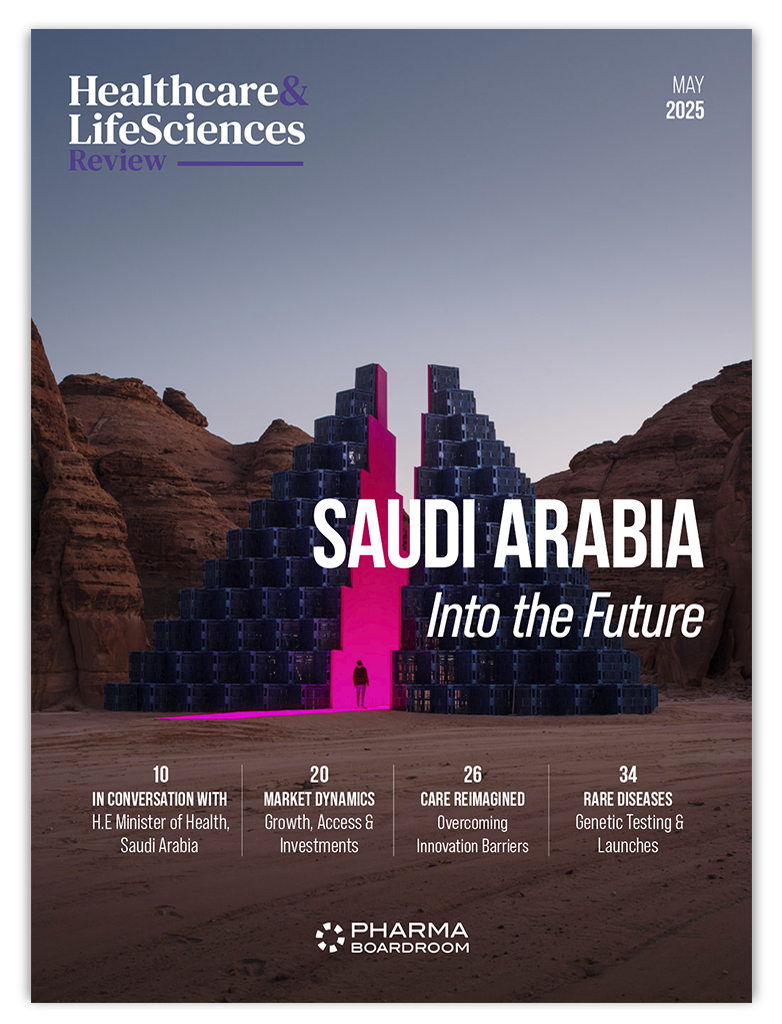Throughout the year PharmaBoardroom has talked to pharma and biotech executives and life sciences opinion leaders across the globe, gathering vital insights into local markets, learning about promising new therapies, and examining the broader trends shaping the industry. Here is a selection of some of the year’s most-read interviews.
Leading Illumina’s Charge in China
As the gene sequencing giant turns the page on its recent antitrust issues, it looks to China, which country SVP and GM Jenny Zheng comments, is a crucial region for the firm. “Each region holds significant strategic importance, with Greater China standing out not only for its substantial size, representing about 9 percent of Illumina’s global business in 2023, but also for its potential as a growth engine.”
For Zheng, Illumina is at an important turning point and China will have a major role to play. “The company is at a strategic crossroads under new leadership, envisioning genomics as foundational to future innovations in life sciences.”
Bolstering Saudi Market Growth at Tabuk
Riyadh-headquartered Tabuk Pharmaceuticals has been driving force in Saudi pharma since 1994, but what led Ismail Shehada to join the company as CEO was the firm’s strategic transformation and move to further grow its potential in alignment with the Saudi Vision 2030’s healthcare sector goals.
Tabuk continues to evolve, says Shehada, strengthening its own in-house R&D and through strategic partnerships. “Tabuk boasts a diverse portfolio of over 350 SKUs across two divisions, generating revenue exceeding 1 billion Saudi riyals and holding a leadership position in the industry. However, sustaining this leadership entails more than maintaining the status quo. We recognize the imperative of bolstering our pipeline and investing in research and development (R&D) initiatives.”
Building on the Potential of the Greater Bay Area
Hong Kong’s Greater Bay Area (GBA) has become a springboard for biomedical innovation and professor Justin Che-Yuen Wu of the research-based Chinese University of Hong Kong (CUHK) comments on the strategic collaborations that are helping to integrate Hong Kong’s advanced medical practices into mainland China while leveraging the region’s resources for innovation and healthcare development.
“The Greater Bay Area (GBA) is a strategic location for us. We have been carefully planning collaborations and partnerships in the GBA, with two main projects in Nansha, Guangzhou and Qianhai, Shenzhen.”
“Playing to Win” at Sanofi LatAm
As Sanofi continues to undergo the transformative journey it began in 2019 with the “Play to Win” strategy, strengthening its pipeline and R&D foundation, Emily Morris is translating this strategy to the LatAm region.
“One of my main goals is to help shape this new approach within the LatAm region, which operates as one of Sanofi’s seven multi-country organizations (MCOs). This structure enables us to contribute more effectively to the overall vision through portfolio optimization, a focus on immunoscience, and maintaining our commitments to manufacturing and clinical trial development, especially in Mexico and the wider region.”
Making the New European HTA Regulation a Reality
The European Network for Health Technology Assessment (EUnetHTA), established to create a structure for health technology assessment (HTA) across Europe, has been working towards the new European HTA regulation. Set for implementation in January 2025, the regulation has been a long time in the making. Chair of the Executive Board Niklas Hedberg shares his insights into the process and comments on the overlap with the EU Pharma Legislation.
“From the perspective of the European HTA Heads of Agencies Group (HAG), there is a clear recognition of the importance of this legislation. In a couple of areas – including defining unmet medical needs and evidence generation – we need to be mindful that the methodology currently being worked out by the coordination group and referred to in the pharma legislation will eventually come close to the HTA legislation.”
Advancing Collaboration with the Government at GSK Saudi Arabia
After leadership positions in several geographies and at various pharma heavy hitters, Farrukh Rehan became VP and GM for GSK in Saudi Arabia in 2021. A key objective for Rehan was to foster the company’s collaboration with Saudi Arabia’s government. GSK has since entered into several partnerships and memorandum of understanding (MoUs) with both the Ministry of Health and the Public Health Authority.
One particularly important area for GSK is vaccination, says Rehan. “Approximately 60 percent of the Saudi national immunization program’s vaccines are provided by GSK, covering around 500,000 newborns annually. Furthermore, our expansion into the adult vaccine space aligns with the government’s forward-thinking approach to addressing diseases such as shingles and RSV in older populations. As a trusted partner, GSK is committed to supporting these initiatives and ensuring the seamless integration of our innovations into the broader healthcare landscape.”



